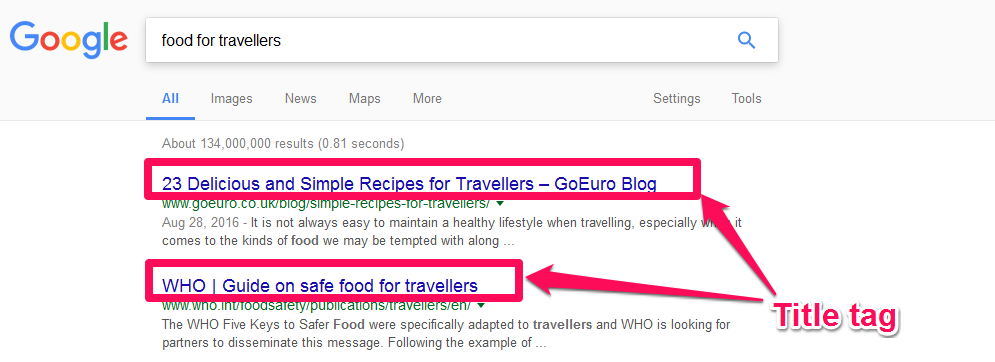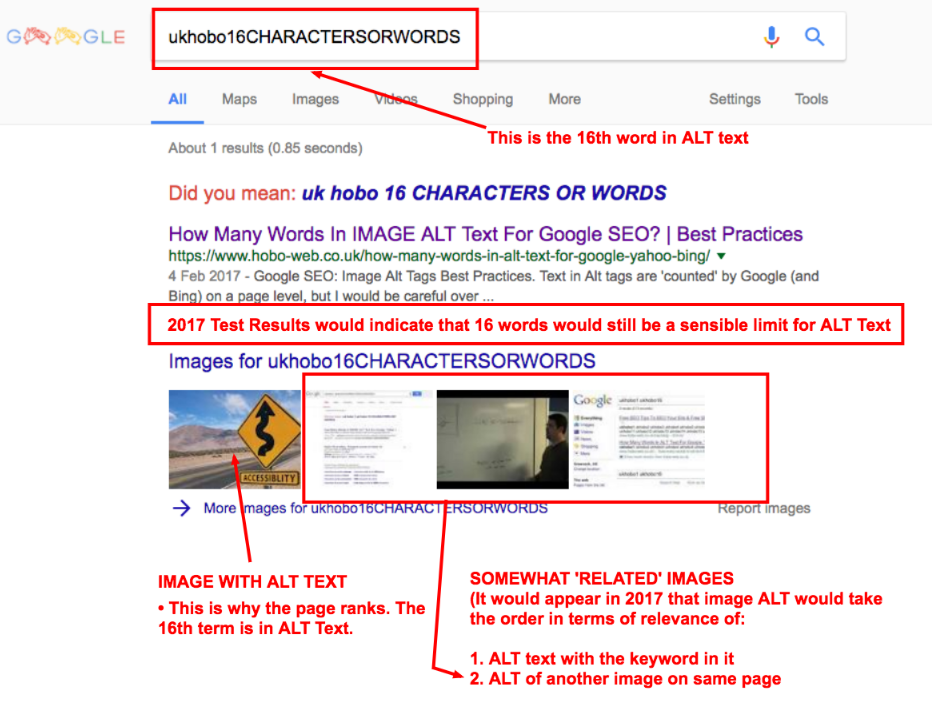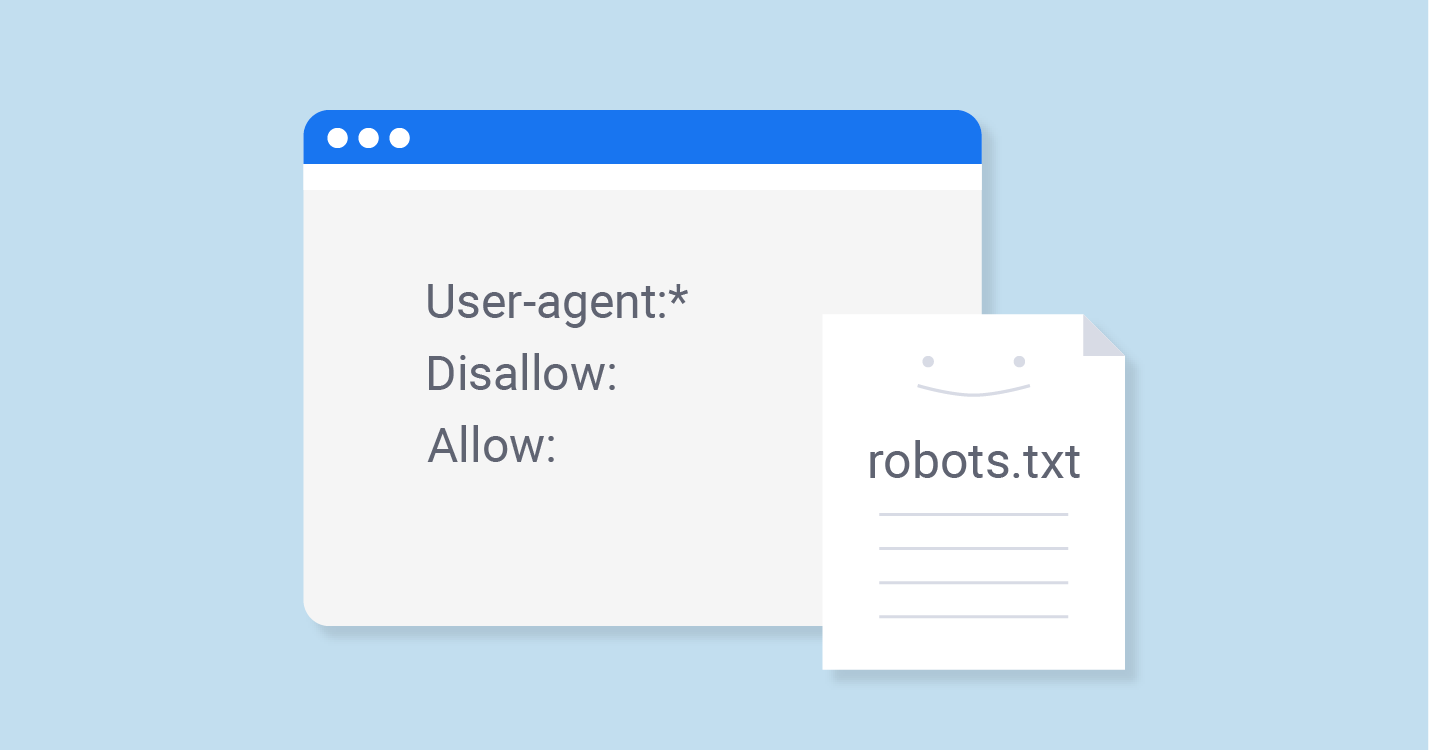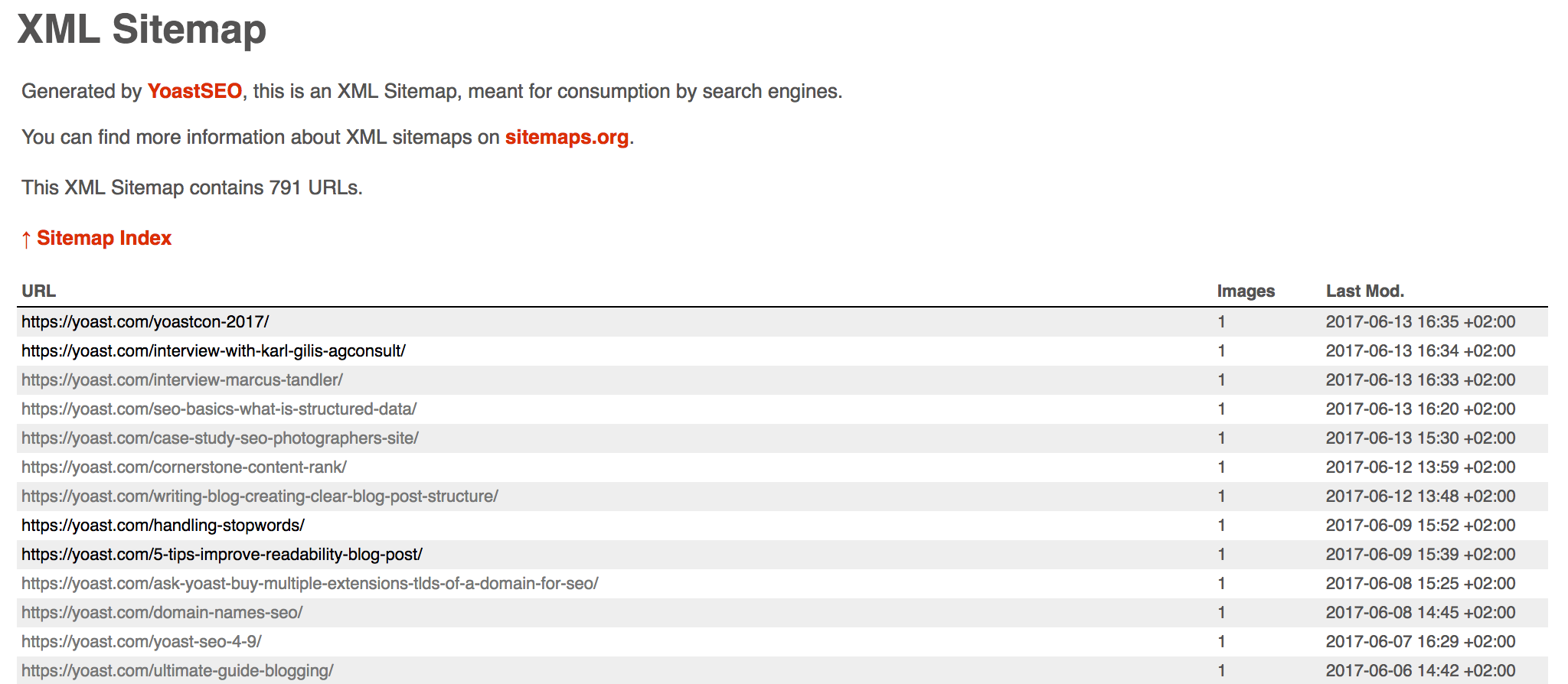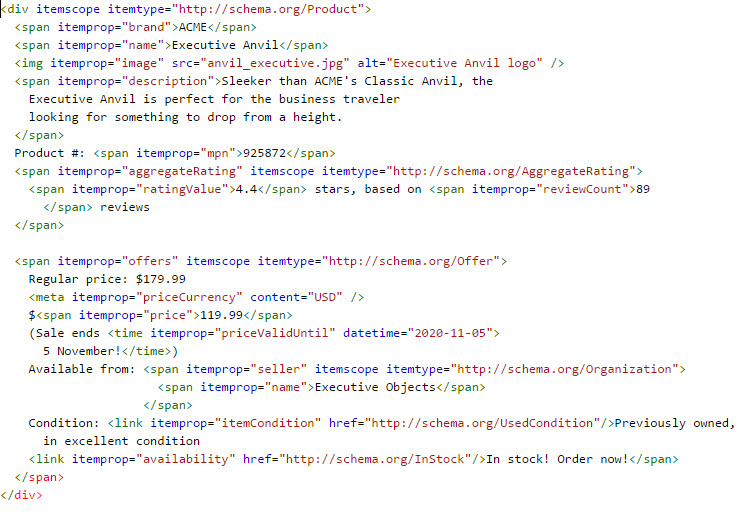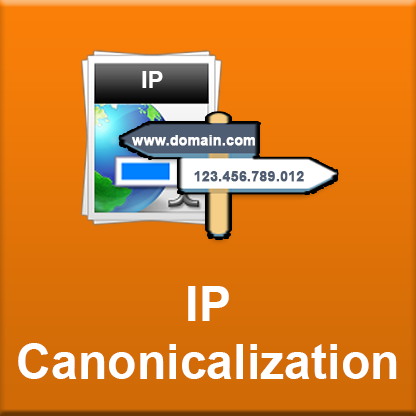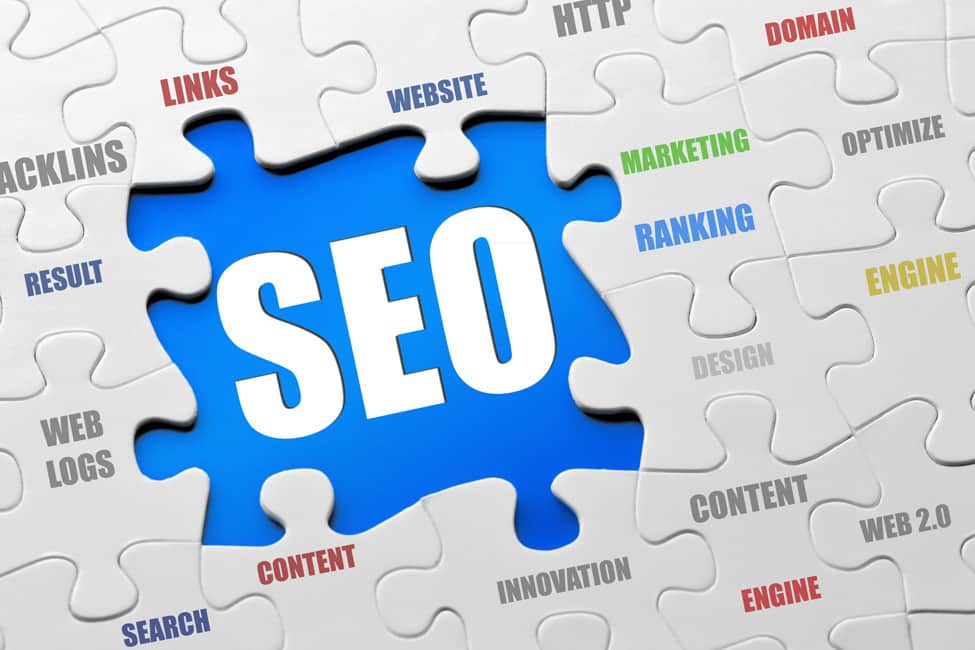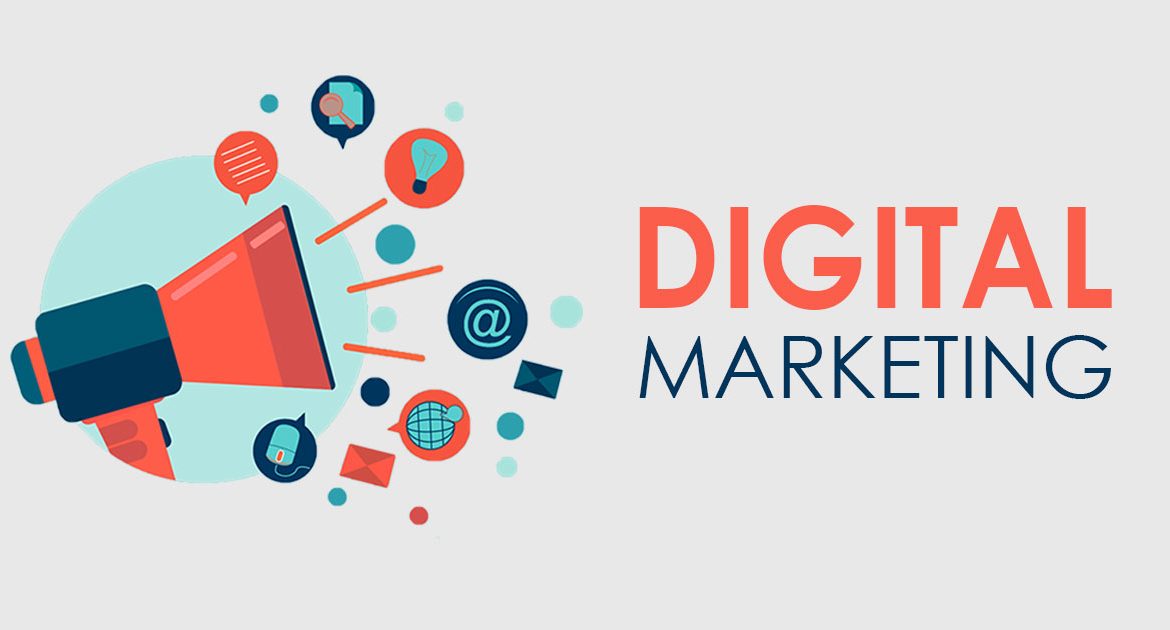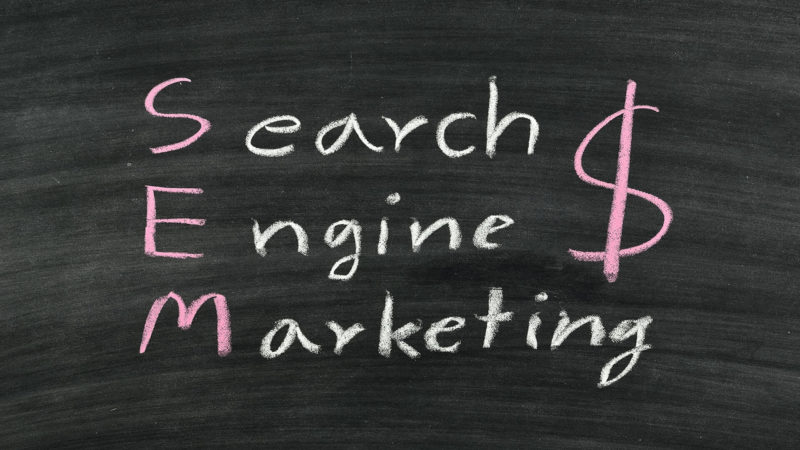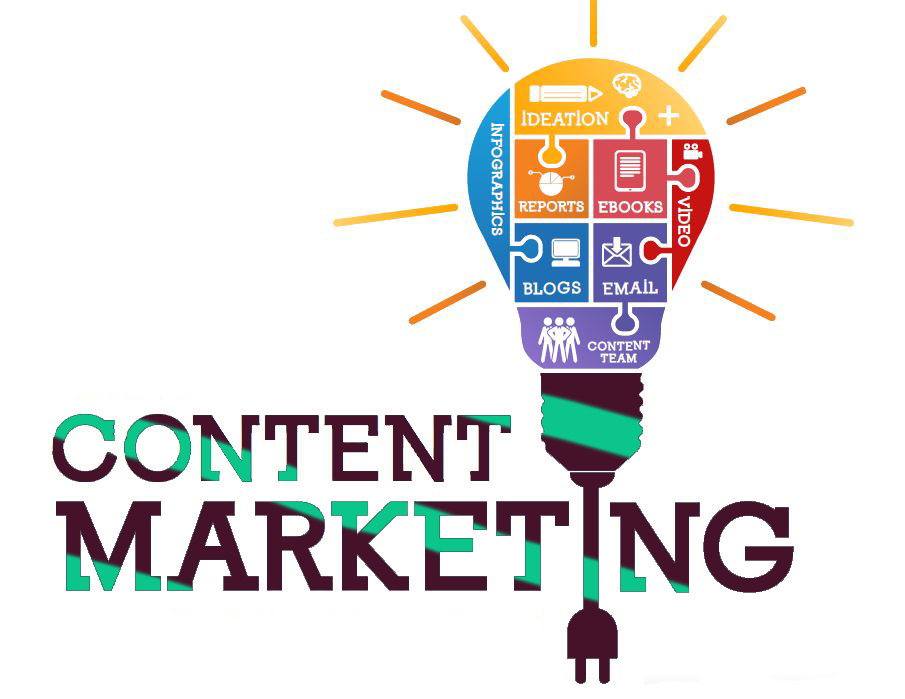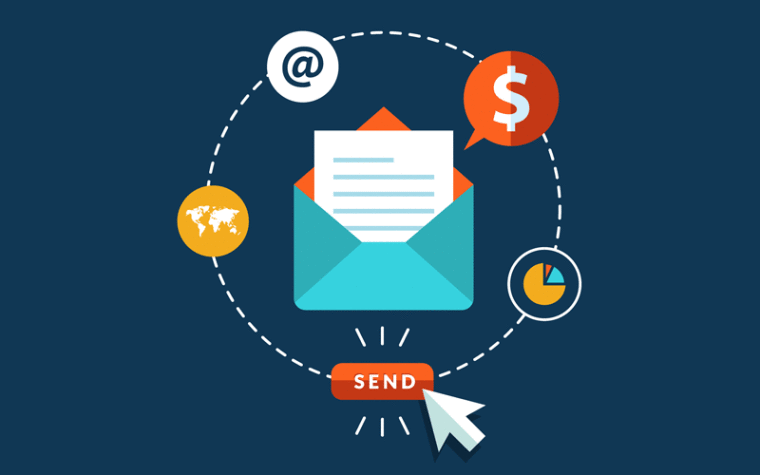# Off-Page SEO Guide 2019
Off-page search engine optimization is not just about links.It goes deeper than that. For example, brand mentions (your site URL or brand name mentioned on another site without a hyperlink) are an integral aspect of off-page search signals.
As smart bloggers and content marketers, we usually start with On Page SEO.
But we don’t stop there. Because, to a large extent, the things that matter to Google often happen away from your web site.Depending on your marketing goals, the time you spend on off-page search engine optimization will vary.
Off-page SEO simply tells Google what others think about your site. For example, if you’ve got a lot of valuable links pointing to your pages, search engines will assume that you’ve got great content – the type that provides value for users.
Otherwise, why would people waste time linking to it?
People only cite, reference and share content they like. Even in a brick-and-mortar business, if your product is helpful and affordable, you’ll get a lot of word of mouth referrals from your current customers.
Search engine optimization can be scary, especially when you don’t know what steps to take to rank your fresh content pages in Google top 10. But, if you can develop a basic understanding of on-page and off-page optimization, you’ll be way ahead of your competition.
Well, SEO simply stands for Search Engine Optimization. This is where you construct your webpages and implement certain techniques to help you rank as high as possible on search engine result pages (SERPs). The higher your pages can rank on Google/Bing/Yahoo/etc. results pages, the more traffic your site is likely to get.
What is Off-Page SEO?
“Off-Page SEO” refers to all of the activities that you and others do away from your website to raise the ranking of a page with search engines.Though many people associate off-page SEO with link building, it goes beyond that. Many activities that don’t result in a standard link on other sites are important for off-page optimization.
On-page search engine optimization happens within the site, while off-page SEO happens outside the site. If you write a guest post for another blog or leave a comment, you’re doing off-page site
promotion.
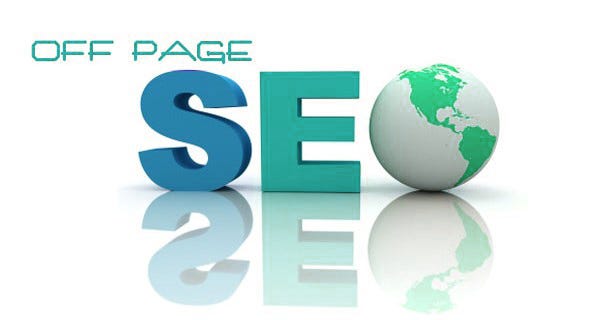
Off-Page Search Engine Optimisation techniques for website are:
1] Social Media Engagement :
A major Off-page SEO technique is social media engagement. If you want to make your business, website or blog popular, engage with people on multiple social media platforms. Social media presence will help grow your business and also help you get more back links.2] Social Bookmarking site :
Social bookmarking sites are one of the best platforms to promote your website. When you bookmark your webpage or blog post on popular social bookmarking websites, you gain high traffic to your webpage or blog.Popular social bookmarking websites :
Twitter.
Pinterest.
StumbleUpon.
Dribble.
Pocket.
Digg.
Reddit.
Slashdot.
3] Forum Submission :
Discover gatherings online that are identified with your locales specialty and get included inside that group. Answer to strings, answer people groups questions, offer exhortation, and so on. This all develops your notoriety for being somebody who is a specialist inside that specialty.
Attempt to utilize "Do-Follow" Forums so you can incorporate a connection to your site inside your mark, which helps web indexes slither your website.
4] Directory Submission :
Many individuals may state that registry accommodation is dead! I trust that it isn't as you are expanding the imaginable hood of individuals seeing your site. It is absolutely in light of how successfully we are choosing those registries and how effectively we are picking the class for accommodation.
You could submit to general catalogs, yet for greatest impact, you are in an ideal situation submitting to specialty registries. Obviously, I concur that it gives very postponed outcomes, however it merits doing it.
5] Article Submission :
Submit your articles in a high PR article submission directory. You can also give links to your website. Make sure your content is unique and of high quality. Low quality content and content that has more keyword stuffing might get rejected. Choose the correct category and give a good title to your content.
6] Question and Answers :
You can effectively partake in noting inquiries on destinations like Quora Answers. By noting and making pertinent inquiries on your site specialty, you help to develop your notoriety for being somebody that is a specialist in your picked field.
You can put a connection to your site in the source segment if essential with the goal that individuals can without much of a stretch discover your site. In the event that you don't spam, this is another incredible approach to build your connection prevalence.
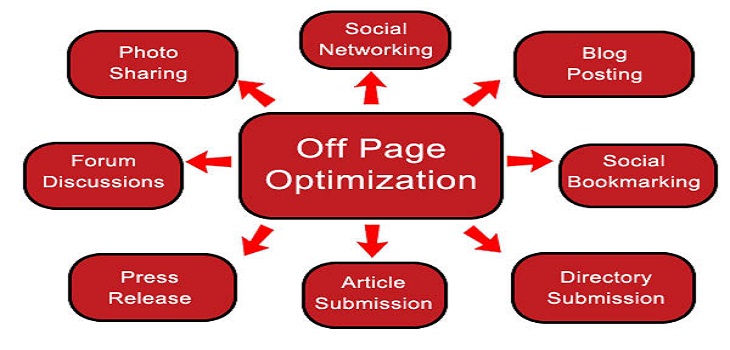
7] Video Submission :
Much the same as photograph sharing, in the event that you have any recordings that you have utilized on your site, at that point you can submit them to destinations like; YouTube, Vimeo, and so on enabling individuals to locate your substance in different ways.
Video Sharing Sites :
Youtube
Vimeo
Metacafe
Dropshot
8] Image Submission :
Share your photos on trendy image submission websites. Prior to submitting your images please optimize them with the accurate URL and title tag. Earlier than submitting your images, check if they have a proper title, description and tags.
The highly popular free image submission sites include:
Facebook.
Pinterest.
Google+
Tumblr.
Flickr.
Instagram
9] Infographics Submission :
Make creative infographics. These days, infographics are getting popular on the internet. Submit your infographics on infographics submission websites and give reference links to your webpage or blog. The image sizes differ with different websites.
10] Social Shopping Network :
On the off chance that you run a web based business site, at that point a decent procedure for publicizing and marking your items for nothing is to submit then to internet shopping systems.
By presenting your items to destinations like; Google Product Search, Yahoo Online Shopping, MSN Online Shopping, and other significant social shopping system locales like Kaboodle, Style Feeder, and so forth then you improve the probability of individuals finding the items that you are offering.
11] Business Reviews :
Compose surveys about others organizations or ask your companions/customers to compose an audit of your business in significant business survey locales like RateitAll, Shvoong, Kaboodle, Stylefeeder.
Business review sites :
Facebook
Foursquare
G2 Crowd
Glassdoor
12]Search Engine Submission :
Web search tools will in the long run discover your webpage on the web, yet that can take a while. To speed everything up, you ought to present your site to the most prevalent web indexes like Google, Yahoo, Bing, and so on.
# Conclusion-
Off-Page SEO factors are as significant as On-Page SEO Techniques. To have an effective SEO marketing, each must be conducted. Previously it continued to easy to the job by creating junk links but, following the penguin and panda changes, it's a lot challenging.
Off-page factors need many problems for creating high-quality links. Both the factors go together. Therefore, making off Web page SEO elements in the same way significant as online.
Now your turn. Share your thoughts. Leave comment or massage me if you have anything to discuss.

